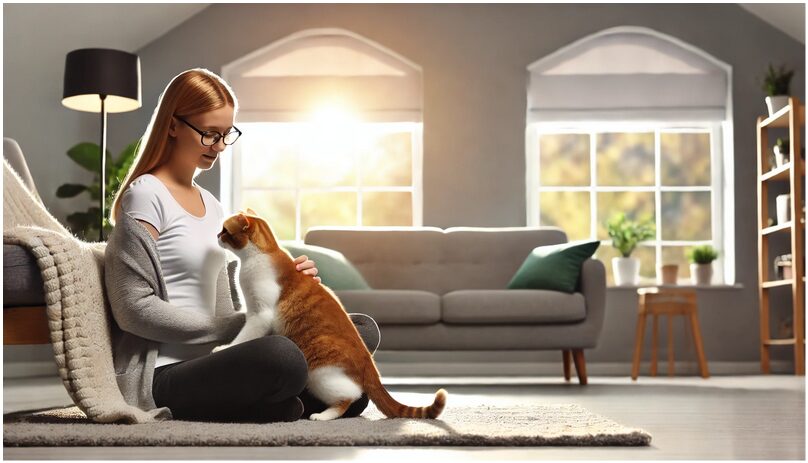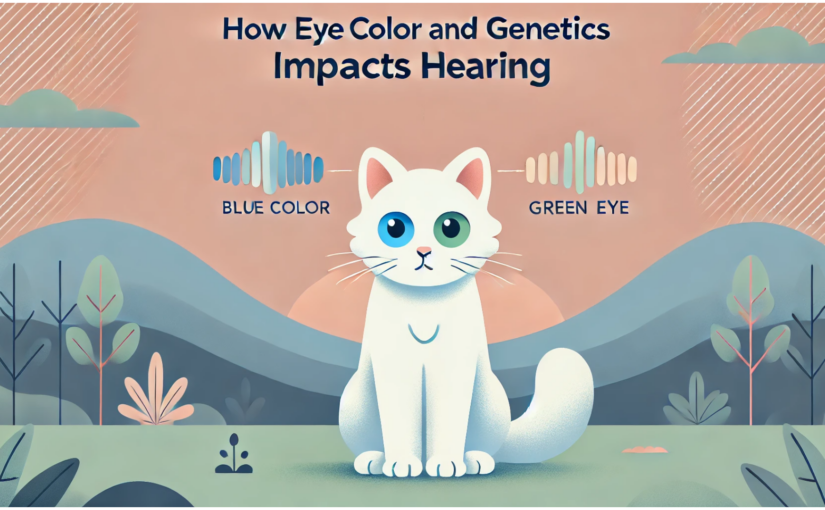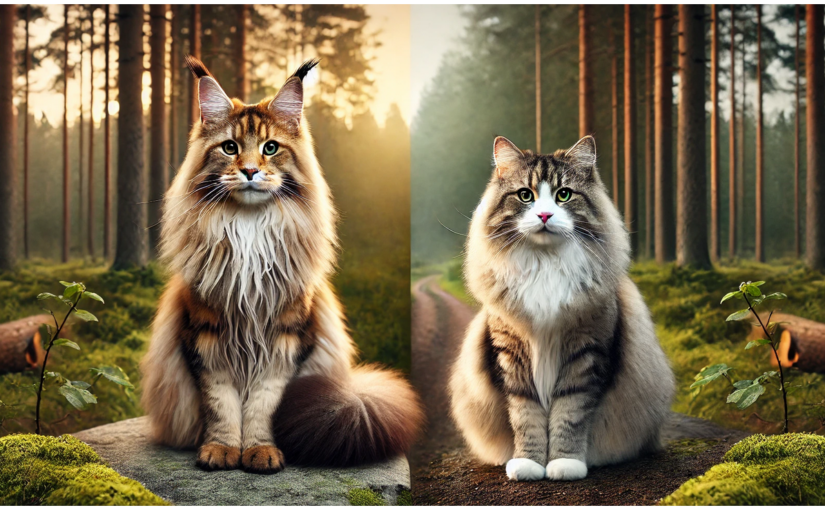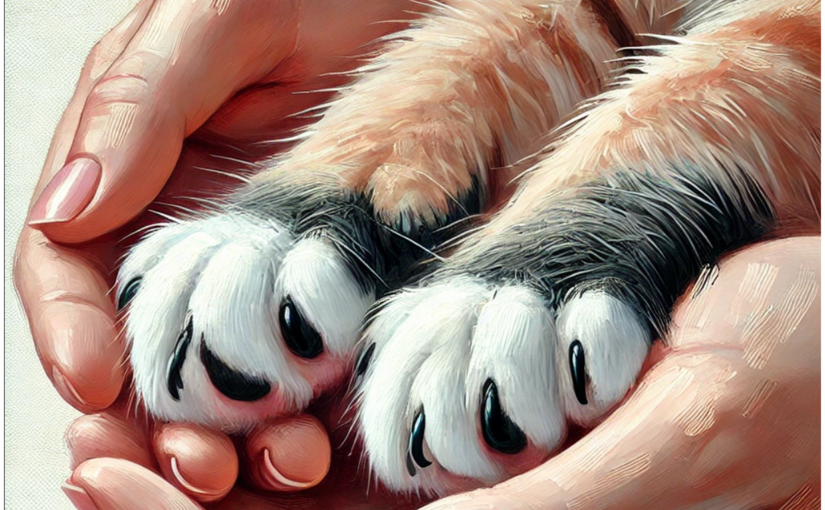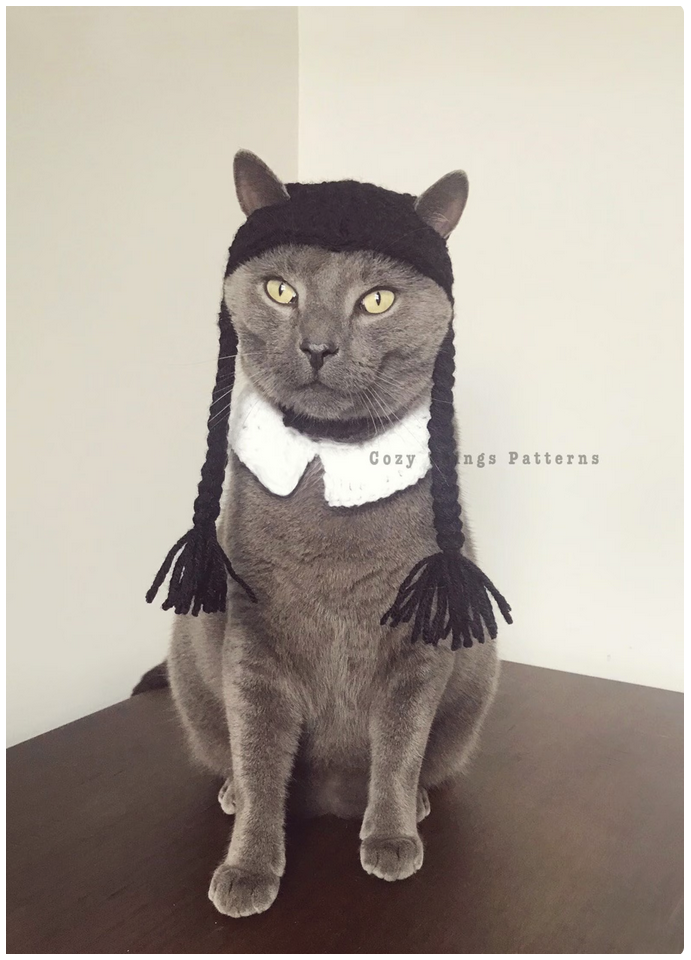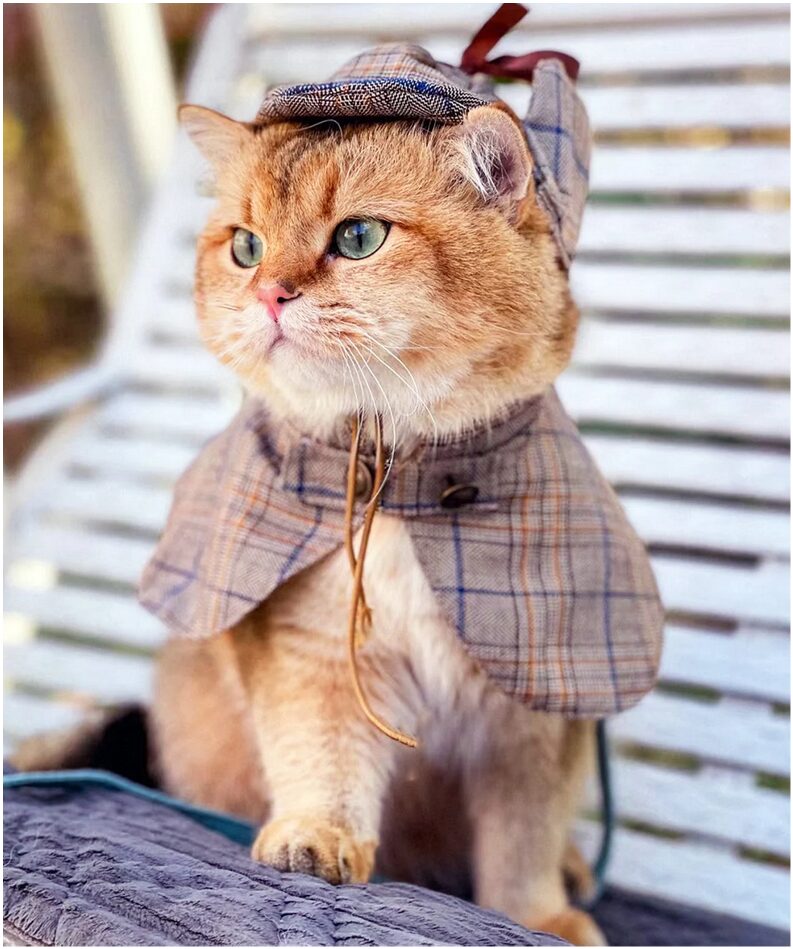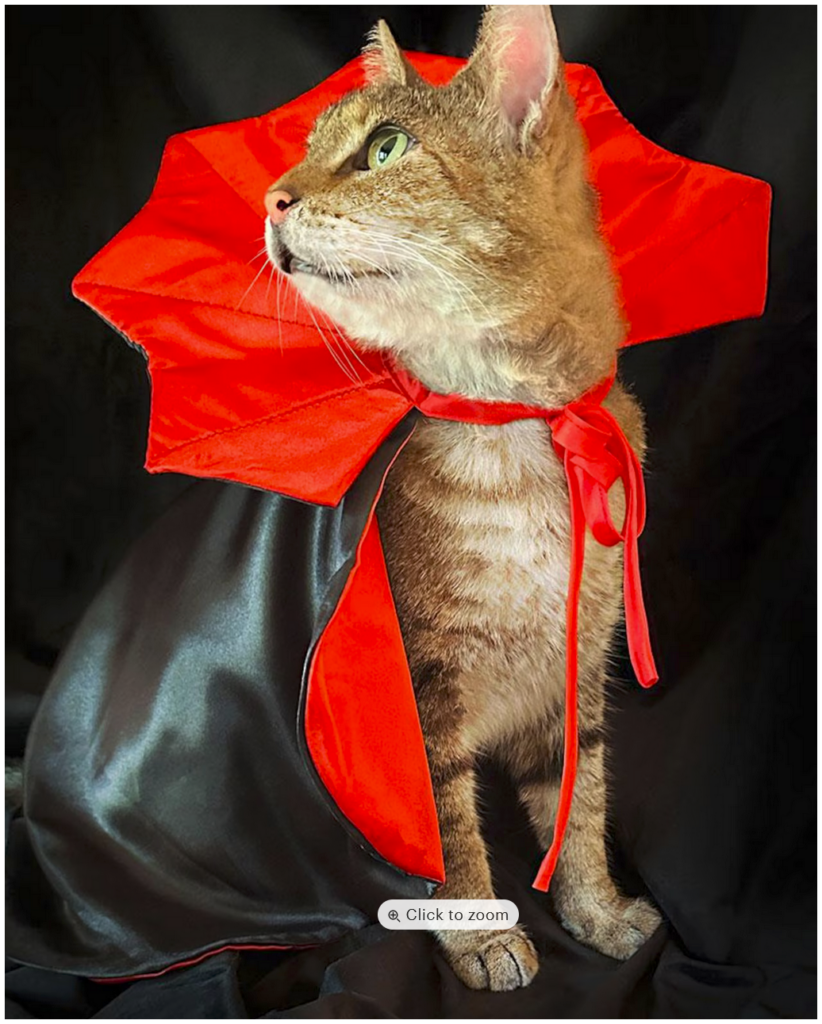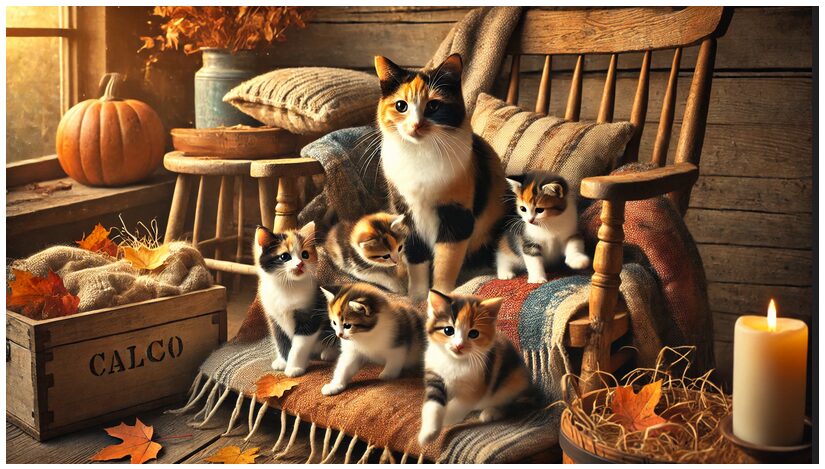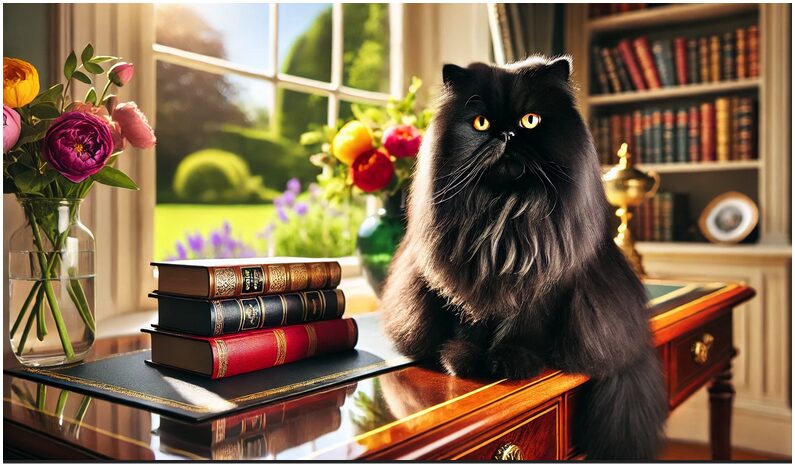Obesity in cats is a growing issue, and while those extra rolls may seem adorable, they can lead to serious health problems. If your cat is a little too chonky for its own good, slimming down is not just a matter of aesthetics—it’s crucial for their overall well-being. From heart disease to diabetes, excess weight can cut your cat’s life short and lower its quality of life. Luckily, cat weight loss doesn’t need to be complicated or hard. The right combination of behavioral adjustments and dietary changes, you can help your furry friend shed those extra pounds safely.
Why Is Cat Obesity a Problem?
Obese cats face an increased risk of a range of health issues, including:
- Diabetes mellitus
- Joint problems and arthritis
- Liver disease
- Heart disease
- Reduced mobility
- Shorter lifespan
Veterinary guidelines suggest that a healthy cat should maintain a Body Condition Score (BCS) between 4 and 5 on a 9-point scale, where 1 is emaciated, and 9 is severely obese. If your cat tips into the 6-9 range, it’s time to help them slim down.
Tip 1: Understand How Much to Feed Your Cat
The first step in slimming down your mega chonker is controlling their calorie intake. Many cat owners accidentally overfeed their cats, especially if they leave out a bowl of kibble all day long. Here are some tips to better manage your cat’s diet:
Calculate Your Cat’s Caloric Needs
The average indoor cat needs about 20 calories per pound of body weight per day to maintain their current weight. For weight loss, aim for 15 calories per pound. You can find calorie recommendations on the back of most cat food packaging, but it’s best to consult your vet to create a personalized feeding plan.
Measure Out Portions
It’s easy to lose track of how much food your cat is consuming when you’re free-feeding. Instead, use a measuring cup or kitchen scale to ensure you’re providing the correct amount. Stick to scheduled feeding times, which also helps with behavioral training and reducing food-related anxiety.
Choose High-Protein, Low-Carb Foods
Cats are obligate carnivores, meaning they thrive on protein, not carbohydrates. Most commercial dry cat foods are packed with fillers like corn or grains, which can contribute to weight gain. Look for foods labeled “grain-free” and high-protein. Canned wet food is typically lower in carbs and higher in moisture, which can help keep your cat full while reducing calories.
Tip 2: Increase Your Cat’s Activity Level
Exercise is just as important for cats as it is for humans when it comes to weight loss. However, cats don’t typically enjoy long jogs like dogs do, so you’ll need to be creative.
Engage in Interactive Play
Using laser pointers, feather toys, or catnip mice can encourage your cat to engage in quick bursts of intense activity. Aim for at least 15-20 minutes of playtime twice a day. This will help burn calories while giving your cat the mental stimulation they need.
Try Food Puzzles and Enrichment Toys
Food puzzles make your cat work for their food, which can help slow down their eating and encourage physical activity. These toys also stimulate their hunting instincts, making mealtime more enriching.
Invest in Climbing Structures
Cats love to climb, so offering them opportunities to scale heights can help them burn off excess energy. Cat trees, shelves, or wall-mounted perches are great ways to incorporate exercise into your cat’s daily routine.
Walk Your Cat (Yes, Really!)
If your cat is comfortable with wearing a harness, taking them for short walks outside can provide exercise and mental stimulation. It’s best to start slowly and allow your cat to explore at their own pace.
Tip 3: Gradually Transition to Smaller Portions
Cats are creatures of habit, and a sudden reduction in food can lead to stress, begging, or even a medical condition known as hepatic lipidosis (fatty liver disease). To avoid these issues, gradually reduce your cat’s portions over time. Aim to decrease their daily calorie intake by about 10% every week until you reach your target feeding amount. Always monitor your cat’s weight and body condition score, adjusting the diet as necessary.
Tip 4: Cut Out Treats (Or Swap for Healthier Options)
Many cat treats are calorie bombs, so it’s important to either cut back or switch to healthier alternatives. If you can’t resist giving your cat an occasional treat, look for low-calorie options or even use pieces of their regular kibble as a reward. You can also try giving them small amounts of lean protein like cooked chicken or turkey as a treat. Just remember to account for these extra calories when planning their meals.
Tip 5: Monitor Progress with Regular Weigh-Ins
Monitoring your cat’s weight loss progress is important to ensure they’re on the right track. A weight loss of about 1-2% of body weight per week is ideal. More rapid weight loss can be dangerous, especially for obese cats. Use a baby scale or a home scale to track their weight, and consult your vet if you notice any sudden changes.
Tip 6: Make It a Family Effort
If you have multiple people feeding the cat or sneaking them extra treats, it will be much harder to stick to a weight-loss plan. Make sure everyone in the household is on the same page about portion sizes, feeding schedules, and exercise. You may even want to post a feeding chart on the fridge to track who’s fed the cat and how much.
Tip 7: Consult Your Veterinarian
Before starting any weight loss plan, it’s essential to consult your veterinarian. Some underlying health conditions, like hypothyroidism or Cushing’s disease, can make it difficult for cats to lose weight. Your vet can also recommend a prescription diet, such as those offered by Hill’s Science Diet or Royal Canin, designed specifically for weight management.
Conclusion: A Healthier Cat, a Happier Life
Helping your cat lose weight takes time, patience, and dedication, but the rewards are worth it. Not only will your cat likely live a longer, healthier life, but they’ll also feel more energetic and agile. With the right combination of diet, exercise, and professional guidance, your mega chonker can transform into a lean, happy kitty.
By following these steps and working closely with your vet, you’ll be on your way to helping your cat achieve and maintain a healthy weight!
Additional Resources:
- Cornell College of Veterinary Medicine-Perfect Weight App
- American Veterinary Medical Association-Your Pet’s Healthy Weight


